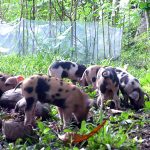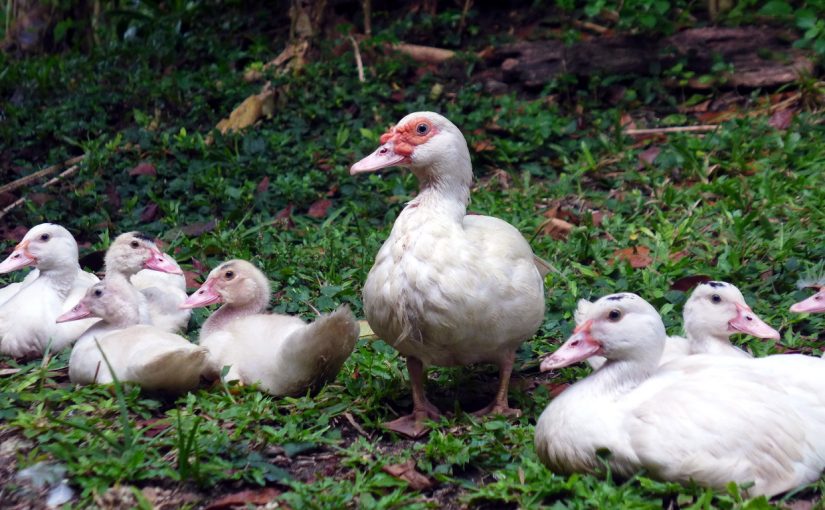We visited the Office of the Provincial Agriculturist (OPA) and availed of these open-pollinated seeds free of charge. Seed dispersal is one of many on-going projects of the Bohol OPA. See more at their website.
These are the seeds we got – so colourful! The colours indicate the seeds have been treated with fungicide to prevent fungi from spoiling stored seeds.

In the meantime, our own Seed Save and Swap Season 1 (2015) is ongoing! Learn more at Backyard Seeds.
From Wikipedia: “Open pollinated” generally refers to seeds that will “breed true.” When the plants of an open-pollinated variety self-pollinate, or are pollinated by another representative of the same variety, the resulting seeds will produce plants roughly identical to their parents. This is in contrast to the seeds produced by plants that are the result of a recent cross (such as, but not confined to, an F1 hybrid), which are likely to show a wide variety of differing characteristics. Open-pollinated varieties are also often referred to as standard varieties or, when the seeds have been saved across generations or across several decades, heirloom varieties. While heirlooms are usually open-pollinated, open-pollinated seeds are not necessarily heirlooms; open-pollinated varieties are still being developed.
One of the challenges in maintaining an open-pollinated variety is avoiding introduction of pollen from other strains. Based on how broadly the pollen for the plant tends to disperse, it can be controlled to varying degrees by greenhouses, tall wall enclosures, field isolation, or other techniques.
Because they breed true, the seeds of open-pollinated plants are often saved by home gardeners and farmers. Popular examples of open-pollinated plants include heirloom tomatoes, beans, peas, and many other garden vegetables.




































